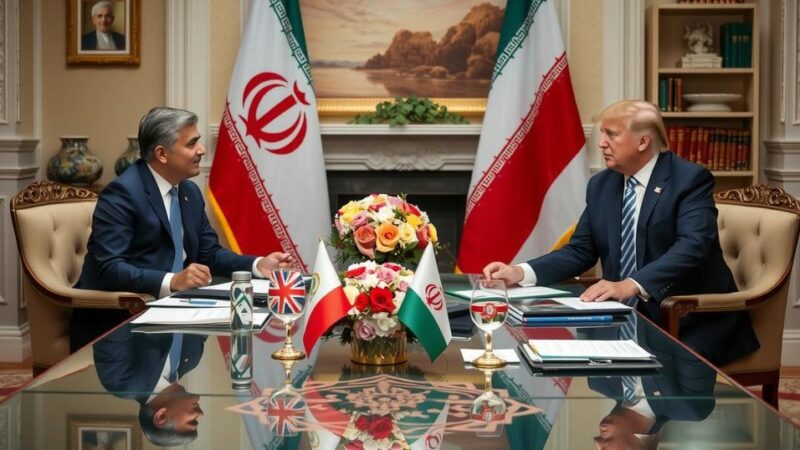Kyrgyzstan and Tajikistan have finalized a border demarcation deal on December 4, 2024, resolving the last contested section of their border, a significant step towards ending decades of conflict. The agreement follows a bloody clash in 2022 and is indicative of a warming relationship between the two nations amid shifting geopolitical dynamics in Central Asia.
On December 4, 2024, Kyrgyzstan and Tajikistan announced a significant agreement concerning the final disputed section of their border, potentially resolving decades of territorial conflicts between the two neighboring nations. Despite a turbulent history marked by sporadic violent confrontations over water resources and territorial claims since the Soviet Union’s dissolution, this agreement, brokered by the chiefs of the secret services of both countries, represents a crucial step towards establishing stability in the region. This border, which spans approximately 970 kilometers, has remained one of the least demarcated and most mountainous frontiers in the world. Following a bloody encounter in September 2022 that resulted in around 100 fatalities, both countries expressed a commitment to resolving their longstanding disputes and fostering improved bilateral relations.
The historical context of this agreement stems from administrative border demarcation practices established during the Soviet era, which left unresolved disputes after the Soviet Union’s fall in 1991. The recent violent clashes over border issues have raised concerns about regional security, especially given the ongoing geopolitical shifts in Central Asia, including the influence of external powers such as Russia, China, and Turkey. Climate change has exacerbated the competition for dwindling water resources, further complicating these territorial tensions. In recent years, efforts by Kyrgyz and Tajik leaders to engage in dialogue have begun to bear fruit, culminating in this landmark agreement to delineate the remaining border sections.
In conclusion, the border demarcation agreement between Kyrgyzstan and Tajikistan marks a pivotal moment in Central Asian diplomacy. It offers the potential to prevent further violence and establish a lasting peace between two nations that have grappled with territorial disputes for decades. This development reflects a broader trend of improving relations within the region, despite historical tensions and external influences. By addressing these disputes, both countries aim to secure their resources and foster more robust cooperation moving forward.
Original Source: www.thehindu.com







